
In today’s crowded inboxes, generic mass emails no longer cut it. Recipients expect messages tailored to their needs, behavior, and preferences. That’s where AI-powered personalization comes in. By harnessing machine learning algorithms and predictive analytics, marketers can deliver hyper-relevant content at scale, boosting open rates, click-throughs, and conversions. In this guide, we’ll explore why AI personalization matters, how it works, best practices, and the tools you need to get started.
Why Personalization Is Your Competitive Edge
Research shows that personalized emails generate up to six times higher transaction rates. When subscribers see content that reflects their past behavior or interests, they feel understood and valued. AI takes personalization beyond simple merge tags by analyzing large data sets—purchase history, browsing patterns, engagement metrics—and predicting which offers, subject lines, and send times will resonate most with each individual. This level of relevance drives higher engagement and fosters long-term loyalty.
How AI-Powered Personalization Works
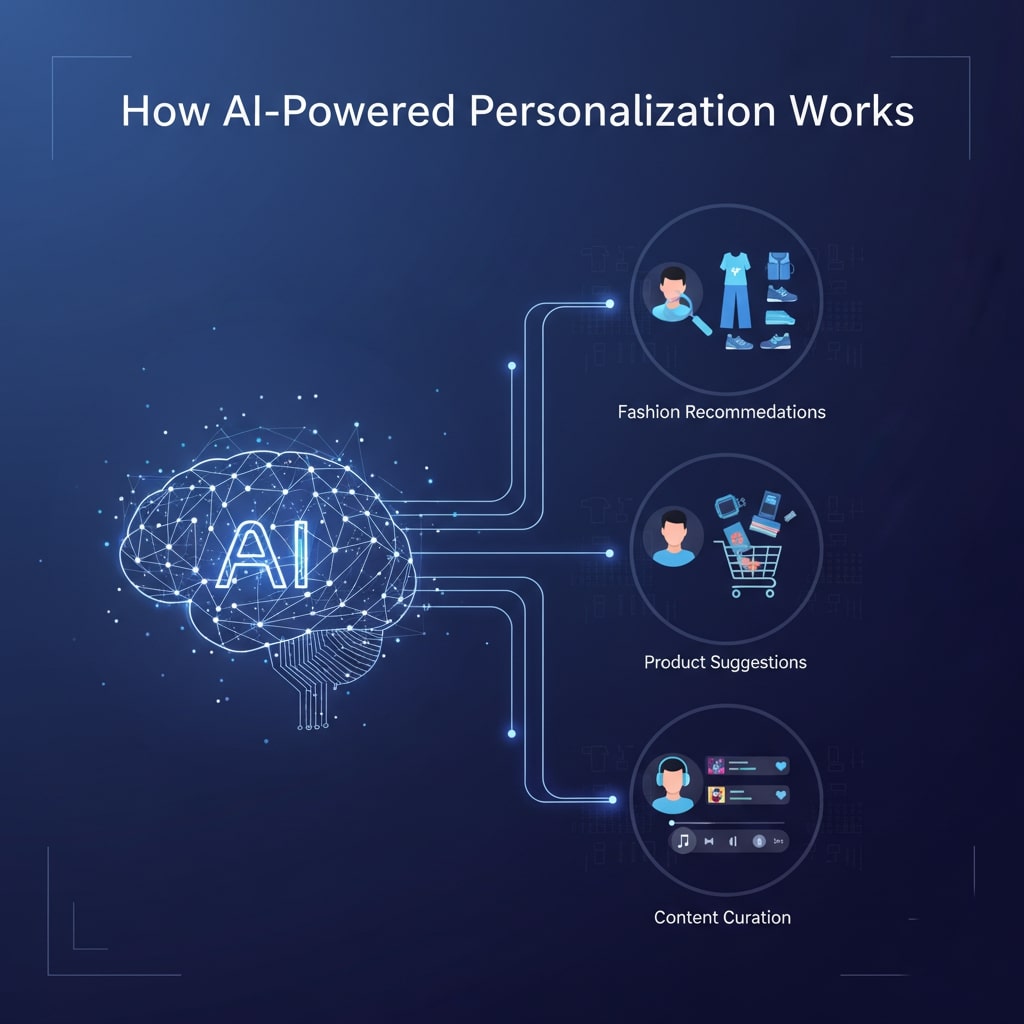
At the core of AI personalization are three capabilities: data collection, predictive modeling, and dynamic content assembly. First, you gather first- and zero-party data from transactions, web behavior, mobile apps, and form submissions. Next, AI models segment your audience by identifying patterns—who’s likely to convert, churn, or engage with specific content. Finally, a dynamic template engine assembles email content on the fly, pulling in product recommendations, personalized copy, and images tailored to each recipient.
Key Benefits of AI Personalization
- Higher Open Rates: AI-optimized subject lines and send times ensure your emails reach inboxes when recipients are most receptive.
- Improved Click-Through Rates: Relevant offers and dynamic content increase the likelihood of clicks and engagement.
- Increased Revenue: Personalized product recommendations can boost average order value and incremental sales.
- Stronger Customer Loyalty: Tailored experiences make subscribers feel understood and encourage repeat business.
Building Your AI Personalization Strategy
Start by auditing your existing data sources. Identify gaps in customer profiles and implement methods to collect zero-party data—surveys, preference centers, quizzes. Next, choose an email platform or CDP with built-in AI capabilities or integrate an external AI engine via API. Define key use cases: subject line optimization, product recommendations, cart abandonment recovery. Map out data flows, set performance benchmarks, and establish governance to ensure data quality and compliance.
Creating Predictive Customer Segments
Rather than static segments based solely on demographics, predictive segments use AI to score subscribers on likelihood to purchase, churn, or engage. For example, a ‘‘high-value at risk’’ segment might surface customers with a history of large purchases who haven’t opened emails in 30 days. Tailor re-engagement campaigns with special offers or surveys to win them back. Over time, refine models with fresh data to keep predictions accurate and relevant.
Personalizing Content Dynamically
Dynamic content blocks allow you to swap headlines, images, and CTAs based on individual profiles. A travel brand might show beach destinations to warm-weather seekers and ski resorts to adventure travelers. AI can automate this process by selecting the top-performing creative for each recipient in real time. Ensure your templates are modular and tested so that dynamic substitutions render flawlessly across devices.
Optimizing Send Time with AI
Send-time optimization (STO) uses machine learning to predict when each subscriber is most likely to open an email. Rather than sending a batch at 10 AM in a single time zone, AI staggers delivery times to match individual behaviors—early birds receive messages at 7 AM, night owls at 9 PM. Studies show STO can lift open rates by up to 25% and reduce unsubscribes from mistimed sends.
Measuring Success and Iterating
Track KPIs such as open rate lift, click-through rate improvement, conversion rate, and incremental revenue attributed to AI segments. Conduct A/B tests comparing AI-personalized campaigns versus non-personalized controls. Use multi-armed bandit testing to let AI dynamically allocate traffic to the best performing variations. Continuously refine your models by feeding back performance data to improve accuracy over time.
Overcoming Common Challenges
Data privacy regulations require transparent consent and secure handling of personal data. Implement clear opt-in flows and preference centers. Ensure your AI tools are GDPR and TCPA compliant. Another challenge is integration complexity—legacy email platforms may lack robust APIs. In that case, consider a Customer Data Platform (CDP) to unify data sources before feeding them to your personalization engine.
Top AI Personalization Tools in 2025
- Iterable: Offers AI-driven real-time personalization and cross-channel orchestration.
- Mailchimp with Smart Recommendations: Uses predictive insights for content and send-time optimization.
- DynamicYield: A CDP specializing in dynamic email and web personalization.
- Salesforce Marketing Cloud Einstein: AI layer that automates segmentation and content selection.
Future Trends in AI Email Personalization
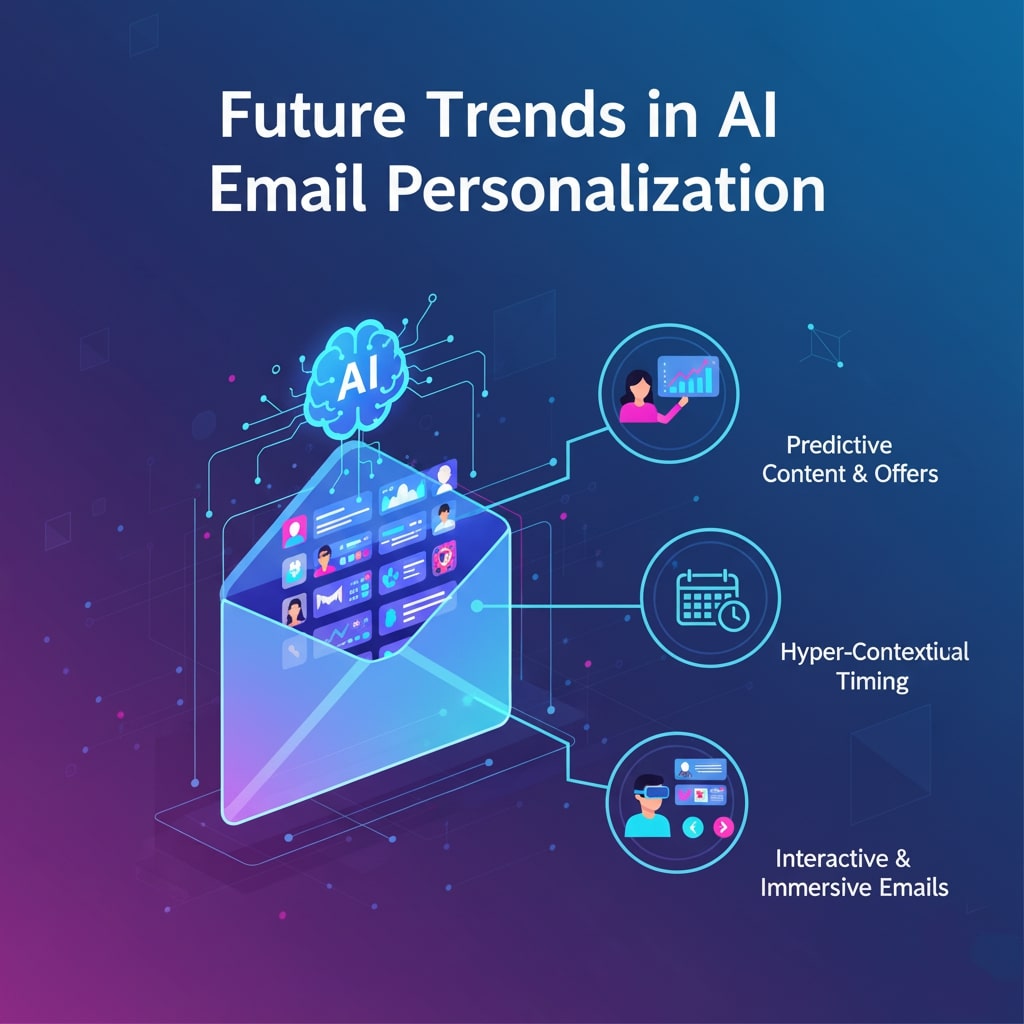
Conversational AI will enable two-way email interactions—subscribers can reply to chat-style prompts and receive instant, personalized answers. Predictive content generation will draft subject lines and body copy based on each recipient’s profile. And real-time adaptive emails will update content even after a message has been delivered, reflecting the latest inventory, pricing, or user behavior.
Conclusion: Embrace AI for Next-Level Engagement
AI-powered personalization is no longer a nice-to-have—it’s a must for brands that want to stand out in today’s inboxes. By leveraging predictive segmentation, dynamic content, and send-time optimization, you’ll create more engaging, relevant campaigns that delight subscribers and drive measurable ROI. Start small with one use case, measure the impact, and scale up. In 2025 and beyond, personalized AI email marketing will be the engine behind customer loyalty and growth.



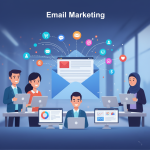

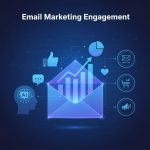
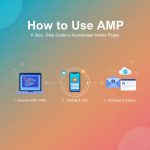
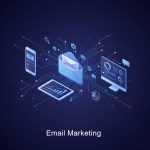

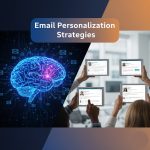

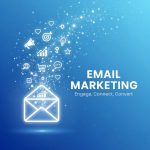


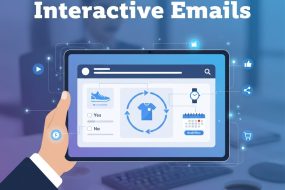
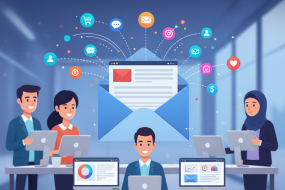
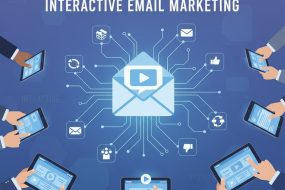
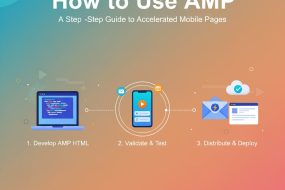
No Comments